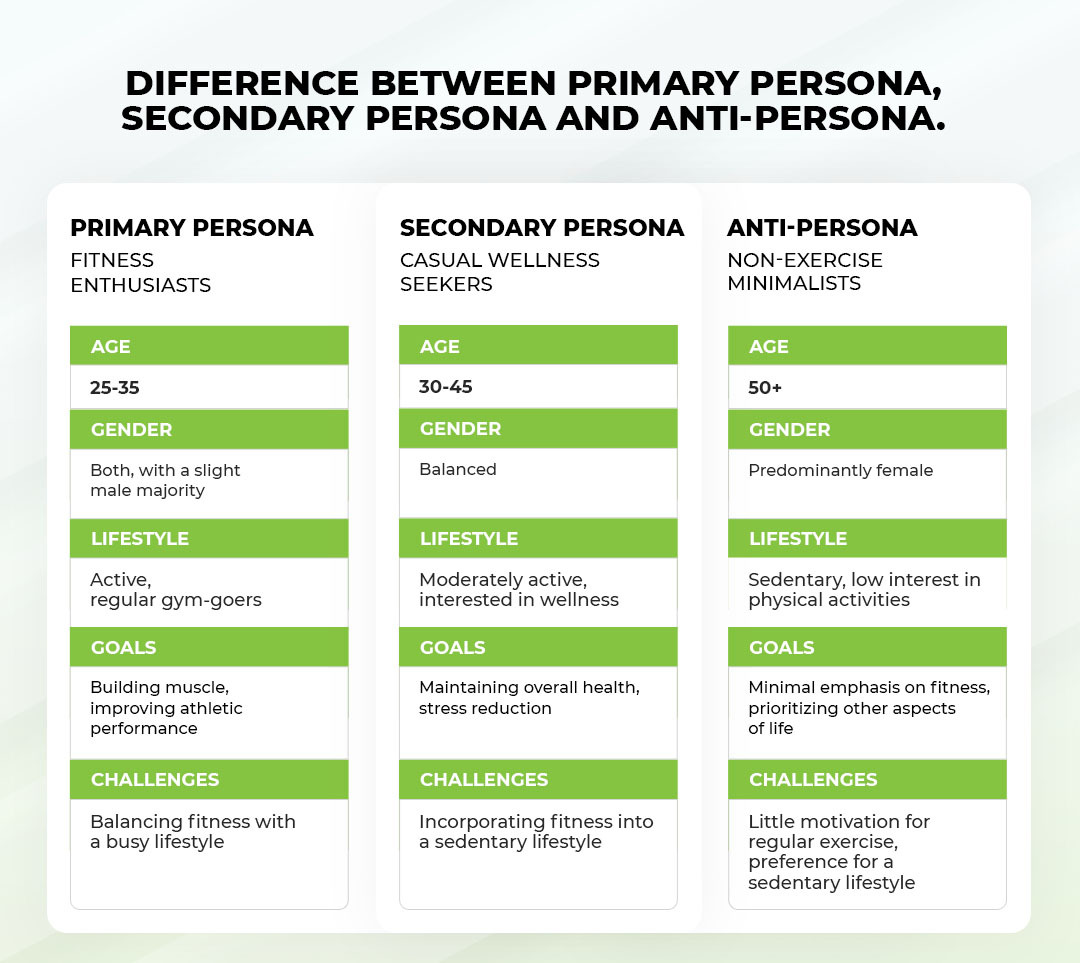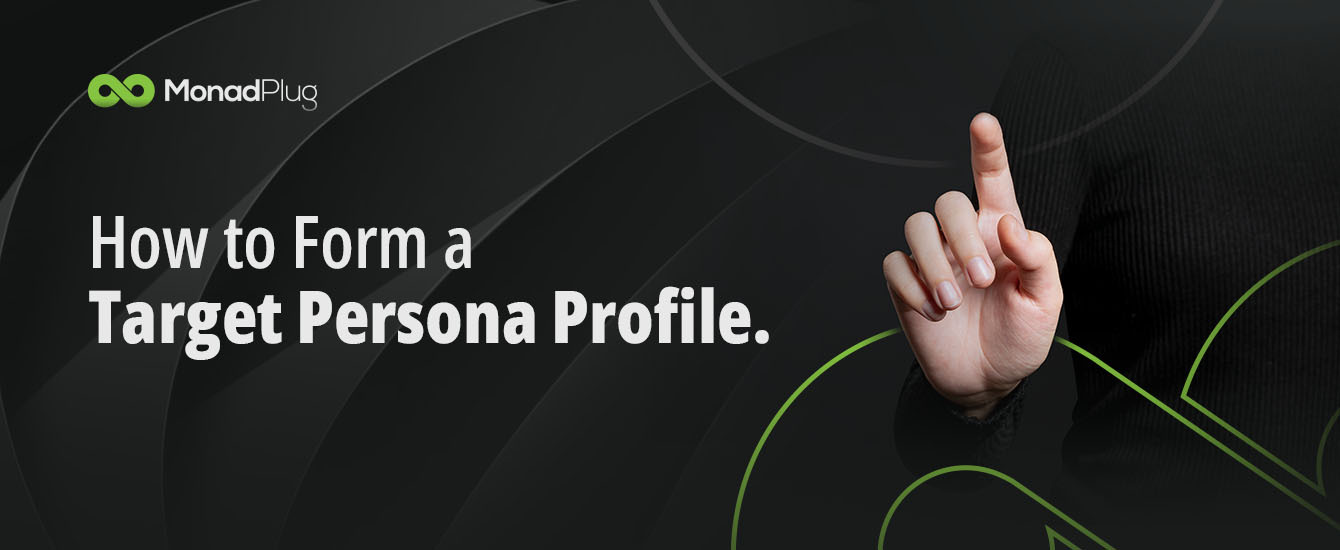Often referred to as a buyer persona, it's not an actual person; instead, think of it as a spirit, a bit like Casper the Friendly Ghost. If ghosts give you the chills, don't worry; we're here to talk about creating a target persona, not to scare you. While Casper's story isn't terrifying, it holds significant importance.
What is a Target Persona?
A target persona is a portrayal of your ideal customer, molded from gathered information about your clientele. Our fascination with Casper arose because he encountered situations beyond our own experiences. It's human nature to absorb insights through such experiences as a means of learning. This is precisely why we turn to target personas.
Why do we Create a Target Persona?
It's a tool that aids us in foreseeing when, where, and how our ideal customer and their challenges might arise. This foresight allows us to position our product or service as the perfect solution to their problems. If successful, we seamlessly become a part of their experience. Stick around till the end to explore everything you've ever wanted to know about a target persona—what it isn't, how many you need, its significance, and the steps involved in crafting one.
What target persona is not?
It's not a set of stereotypes about your customer; rather, it should be a collection of facts derived from data, customer interviews, survey analyses, and more. It's not a static statistical profile; it's a dynamic entity that evolves with market changes and shifts in your product. Don't view it as a collection of personalities; instead, it should culminate in one cohesive personality. If market divisions or new product subtypes emerge, consider creating separate target personas.
Importantly, a target persona is not a product of assumptions; it's grounded in real data from actual clients. It's not a standalone marketing plan but a crucial piece of the puzzle for a fully-powered marketing funnel. It must align seamlessly with all business and marketing objectives. If it were a person, the target persona might be envisioned as a charming, sociable blonde. Something to ponder, isn't it?
How many target personas should I have?
This is a topic that sparks various opinions among marketing professionals. Some advocate for one, others for two or three, while some suggest having as many as needed—whether that's one or a hundred and one. The ideal number is dictated by several factors: market segmentation, product variations, communication channels, geographical distinctions, and the budget and resources at your disposal.
Market segmentation plays a key role. If your audience exhibits diverse needs, preferences, and behaviors, having more than one persona makes sense. Each persona should represent a distinct segment of your market, ensuring tailored marketing communication. Consider niche and product variations; for instance, a natural cosmetics brand with products for both men and women warrants separate personas.
The number of marketing channels you employ also influences the need for personas. If you operate across diverse channels, online and offline, evaluate whether the gathered information can coalesce into a unified persona. The answer lies in asking yourself a crucial question: If you're in doubt, ponder whether the information could be part of a living person.
Difference between Target Audience and Target Audience Personas?
When dissecting the distinctions between the target audience and the target persona or buyer persona, the primary difference lies in the scope of the group to which these terms apply. Both are integral components of a marketing strategy, yet they serve different purposes.
The target audience encompasses the entire segment you aim to reach. On the other hand, a target persona is a specific profile within that audience—representing a subset of individuals who share common characteristics. The divergence continues as the target audience typically stops at engaging with and understanding different demographics. In contrast, developing and comprehending the target persona requires delving into psychographic data, encompassing motivations, goals, pain points, tendencies, and behaviors.
For instance, if you sell sports equipment for running, the target audience includes individuals interested in city races, half marathons, and marathons. Enter the target persona—let's call her Anna. Anna is a mom of two with flat feet who aspires to take running seriously. It's noteworthy that she feels a bit self-conscious about her extra weight.
Why is A Buyer Persona Important?
Explaining certain things can be challenging. The importance of a buyer persona is one such topic. But let's approach it from a different angle.
Imagine you're embarking on a road trip through unfamiliar terrain. Your buyer persona is like a highly advanced GPS system that not only shows you the route but also understands your preferences, anticipates your needs, and suggests the most scenic stops.
Precision Navigation: A buyer persona guides your marketing efforts with precision. It's not just about reaching a destination (making sales), but about taking the most efficient and enjoyable route (tailoring your message and strategy).
Understanding the Passenger: Your buyer persona is the co-pilot who knows your passenger (customer) inside out. It understands their preferences, challenges, and aspirations, helping you create a journey (customer experience) that resonates.
Avoiding Traffic Jams (Miscommunication): Just as a GPS helps you avoid traffic, a well-defined buyer persona helps you avoid miscommunication. You understand your audience's language, ensuring your marketing messages flow smoothly without roadblocks.
Personalized Pit Stops: Buyer personas identify the pit stops (touchpoints) that matter most to your audience. Whether it's a scenic viewpoint (engaging content) or a comfortable rest area (user-friendly website), personas guide you in creating personalized experiences.
Adapting to Detours (Market Changes): Markets can change, much like road conditions. Your buyer persona equips you to adapt. If there's a sudden detour (shift in customer behavior), you're better prepared to navigate it with insights from your persona.
Building Lasting Memories (Brand Loyalty): The journey isn't just about reaching the destination; it's about creating memorable experiences. Buyer personas help you build connections that go beyond transactions, fostering brand loyalty and advocacy.
5 steps in Creating a Target Persona
This comprehensive and universal list of steps for crafting a target persona centers around monitoring demographic data to unveil a character that requires unlocking for complete understanding. Each step represents a key, unlocking both the outer and inner facets of the buyer persona, including fears and desires.
Identify your target audience:
Set boundaries to navigate the sea of potential customers, establishing a broader understanding before delving into specifics.
Research demographics:
Provide a panoramic view, akin to a movie thriller, offering insights into age, gender, income, education, and similar data.
Assess psychographics (Fear, Pain Points, Goals, Needs):
Once demographic insights narrow the focus, delve into psychographic insights, uncovering fears, unfulfilled desires, secrets, and lifestyle details.
Understand roles:
Determine the roles your persona encompasses—work, personal, and social—understanding how they balance between these roles and make decisions.
Identify trends:
Monitor changes in the external environment, including market trends, competitive strategies, economic impacts, and broader societal changes that may affect your target audience.
Bring the persona to life:
This creative step transforms collected data into a vivid representation of the target audience. Build a story, assign a name, and create a background to make the persona memorable and relatable. Stepping into their shoes and empathizing brings the persona to life, making it a dynamic and living entity.
Full List of Questions for Identifying Target Persona
If those five steps were the five keys to uncovering the complete picture of the target persona, then this list is actually each of the teeth on those keys.
We do not know how long this list of questions will be. We only know that it is long enough to answer all the important questions for creating a target persona. Of course, relevant questions can be included for each industry to make the picture more complete.
In the text, we will only list the topics around which we will create questions. There are three questions for each topic on the infographic.
So let's go:
- Demographic Information
- Professional Details
- Goals and Aspirations
- Challenges and Pain Points
- Communication Preferences
- Information Sources
- Buying Behavior
- Technology Usage
- Interests and Hobbies
- Values and Beliefs
- Online Behaviour
- Brand Affinities
- Networking and Associations
- Adaptation to Change
- Decision-Making Process
- Feedback and Improvement
- Health and Wellness
- Financial Considerations
- Environmental Considerations
- Personalization Preferences
- Digital Accessibility
- Learning Preferences

What is Primary Persona?
The primary persona takes center stage in your marketing strategy, holding the utmost importance and priority. Aligned with business goals, it represents the largest segment of your audience. As a key decision maker with a strategic focus, the primary persona embodies the brand's values and wields significant influence over product development.
What is Secondary Persona?
A secondary persona serves as a complement to the primary persona, addressing market segments beyond its representation, particularly in terms of product variations. While distinct from the primary character, the secondary persona holds strategic importance, representing different needs and behaviors. Secondary personas foster a nuanced understanding of diversity, offering opportunities for business expansion. Importantly, they don't
represent opposites but contribute to a more comprehensive understanding.
Example: In a fitness brand example, the primary persona might be the dedicated fitness enthusiast, while the secondary persona represents individuals seeking wellness with less intensity in their fitness pursuits. Both personas play pivotal roles in shaping the brand's understanding of its audience and influencing various aspects of marketing and product development.

What is Anti-Persona?
The Anti-Persona stands in direct opposition to the Target Persona, representing an audience explicitly outside the target audience. Its role is to identify those who won't find value in your products and services.
The Anti-Persona deliberately contrasts with the Primary Persona in terms of demographics, goals, and needs. It also diverges in values and behavior from your brand. Creating an Anti-Persona sharpens your marketing focus, preventing resource wastage. It serves as a filter for messages and provides additional guidance for product development by offering insights into what your brand is not.
How to Use Buyer Persona?
The buyer persona should be the linchpin of your marketing endeavors and strategies. Ensure your marketing team grasps the persona thoroughly and utilizes it as a compass for product development tailored to your target audience.
With a deep understanding of the persona, crafting marketing messages that resonate with the unique needs of that audience segment becomes second nature. Streamline content creation by aligning it with the preferences of the buyer persona, making personalized campaigns a breeze to execute as you track the persona's evolution.
Empower your sales team with insights into personas, allowing them to leverage this information for more effective sales strategies. Extend the use of the target persona to enhance customer support and even proactively address issues.
Determine key performance indicators (KPIs) in tandem with the target persona to glean better insights and make timely adjustments. Utilize personas as the cornerstone for exploring new markets or customer segments while staying true to the core characteristics of your target audience.
Incorporating buyer personas into various facets of your business creates a customer-centric approach that aligns seamlessly with the diverse needs and preferences of your audience. Remember, buyer personas are dynamic and should evolve with your business and the changing landscape of your industry.
Conclusion
In the grand finale of our exploration into target personas, envision your brand as a dynamic orchestra, with personas as the conductors of a mesmerizing symphony. From the powerhouse fitness enthusiasts to the mindful wellness seekers, each persona is a protagonist shaping your brand narrative. But this isn't a static portrait; it's a living, evolving dance that guides product development, sparks personalized marketing campaigns, and ensures your brand resonates on a profound level.
Let your personas be the compass in this ever-changing business landscape, leading the way to connections, conversations, and a brand story that echoes in the hearts of your audience.
Table of Content
Subscribe and follow


